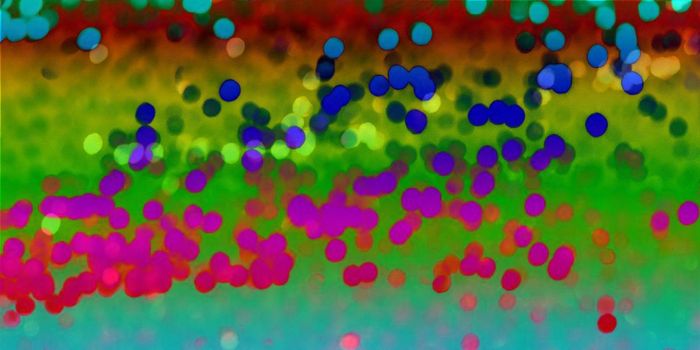If you have ever wandered around in nature you may have noticed how many geometric shapes there are in the world that have absolutely no design from humans. Take snail shell spirals or starfishes' bodies or the symmetry of a flower's petals; all those nature-y things are out there on their own existing in near mathematical perfection! Hexagons, in particular, are often seen in nature: bee hives are the common example, but definitely not the only. Basalt columns and insect eyes also form hexagonal patterns. But what makes hexagons so special?
Well, as it turns out, it really is all about math. A hexagon is the shape that best fills a plane with equal size units and leaves no wasted space. Hexagonal packing also minimizes the perimeter for a given area because of its 120-degree angles. With this structure, the pull of surface tension in each direction is most mechanically stable, which is why even though bees make their honey combs with circular units, the end result when the wax hardens into place is hexagonal. Want to learn more about the crazy math of nature? Watch the video!








